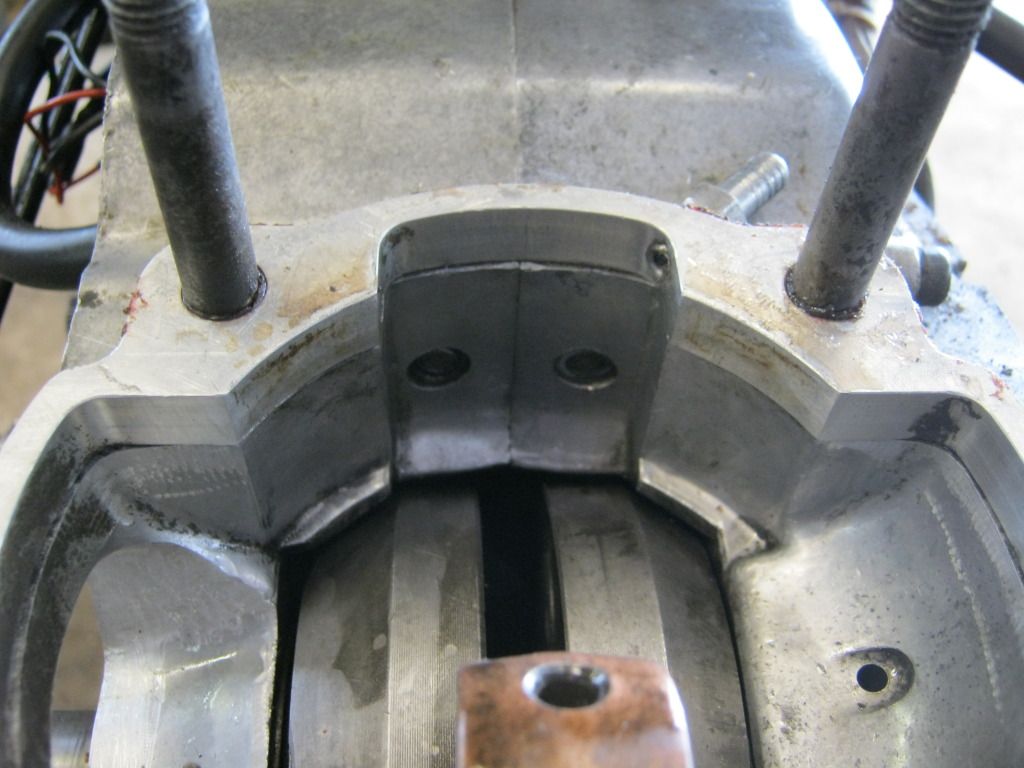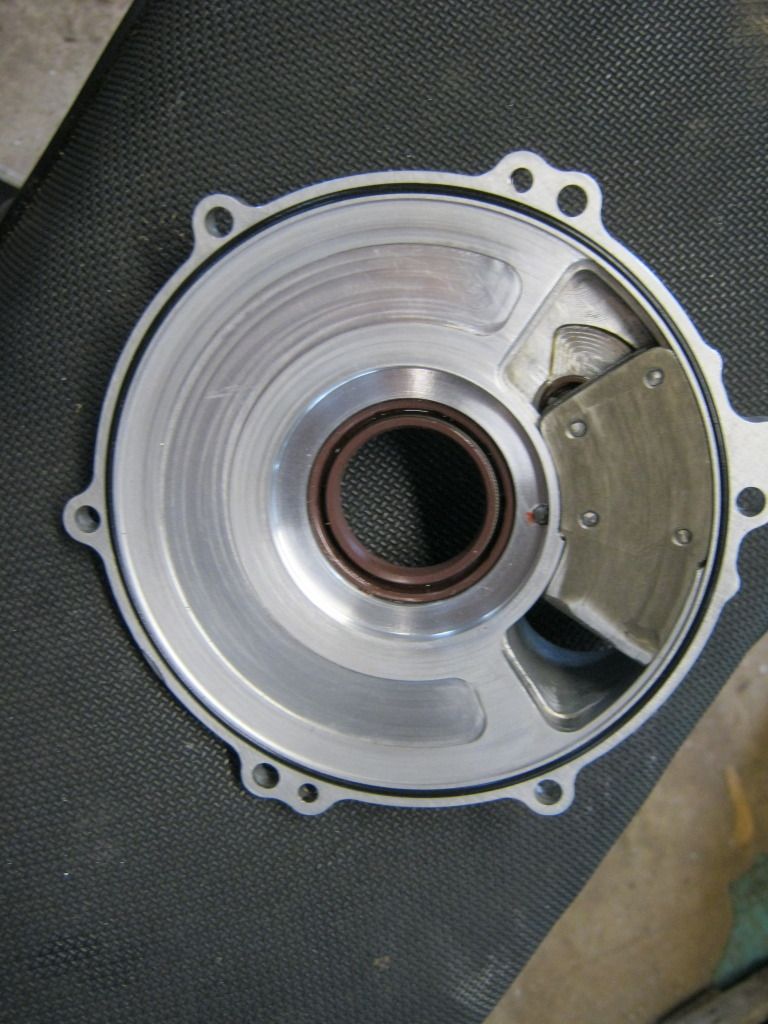Frits you posted the details for the 102 pipe and there was a mention of a 106 pipe, would you share that with us and if it's not to much trouble would you share your knowledge with what performance differences were noted between these two models
With regards to the spark plug posted elsewhere, I have seen the ground separate from the body with that plug





 Reply With Quote
Reply With Quote

 .
.









Bookmarks